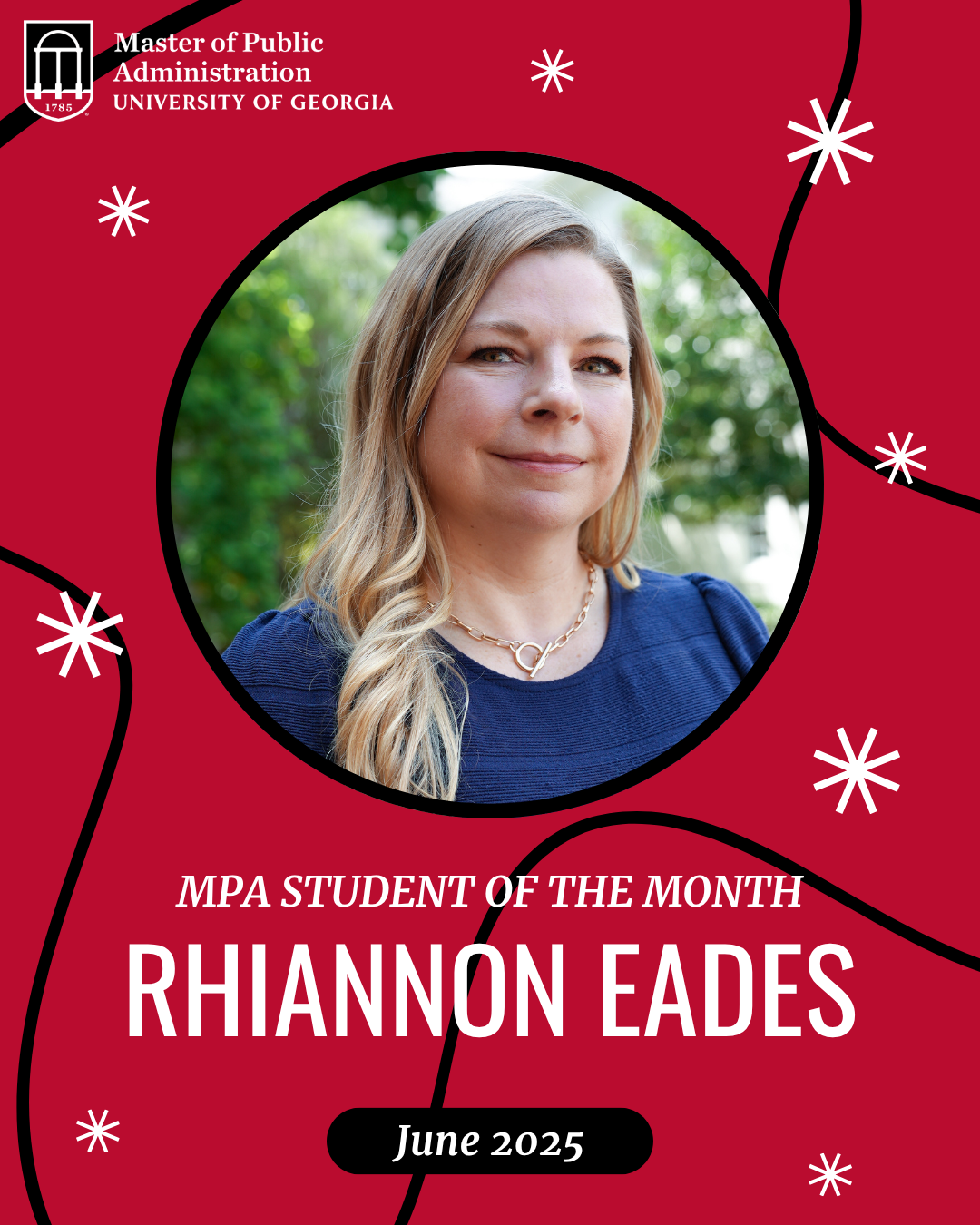
By: Rachael Andrews
With every conflict comes suffering and loss of life. However, there are tools and strategies that can be used to alleviate the consequences of such conflicts. These tools range from hostile action, such as military intervention and sanctions, to more peaceful approaches, like negotiation and mediation. In between, there are legal options, including arbitration and adjudication (e.g., international courts). Then, there are peacekeeping and peacebuilding operations.
In his new book, International Conflict Management, Dr. Andrew Owsiak, associate professor of international affairs, along with his co-authors, analyze the logic behind each of the conflict management tools available. For instance, what is the intended consequence behind choosing a certain tool? Are leaders choosing the right tool for a given situation? How do these tools interact with each other?
This research comes at a time when the world is plagued with troubling news about nuclear issues in North Korea and Iran, and while the United States is participating in an ever-escalating trade war with China. The tools discussed in International Conflict Management can help change the cost-benefit analysis that every country undertakes when deciding its own self-interested policy. They also allow countries to see that conflict management does not have to mean peace for peace’s sake, but rather can benefit everyone’s own self-interest.
There are a lot of options for how leaders address international conflict, but some get more attention than others – negotiation, the use of military force or coercion, for example. Others are less used by certain countries, or get less attention from the public – like, mediation, arbitration, or adjudication.
“The United States has an aversion to international courts in a lot of cases, but they’ve been successful in managing a lot of conflicts,” Owsiak points out, “I want [readers] to see that we have a really broad toolset available. It’s not just one or two things. And it’s not always just the use of force.”
Owsiak goes on to discuss two common misconceptions when it comes to conflict and conflict management. The first misconception is the belief that coercion works. “Typically when we think about negotiating in business or something like that, people take a really hard line and then they try to pressure the other person into making concessions,” Owsiak explains, “That doesn’t always work, even though people expect it to. When it doesn’t work, people assume they need to be more coercive, but force and coercion are not always the best option to achieve what you want.”
The second misconception concerns how many actors are in the international community that are all trying to manage conflicts. As actors manage a conflict, they may, without intending to, undermine each other. For example, parties in conflict typically experience something called the pain of the conflict, which incentivizes them to seek a resolution. Some conflict management tools, however, involve separating disputing parties. That separation, in turn, limits the pain of the conflict, lowering the incentives disputants have to seek a resolution. In this example, due to the separation, the conflicting parties may be less likely to make concessions to each other, rendering resolution much more difficult.
International Conflict Management provides essential groundwork for further research into these tools and how policymakers can use them more effectively. In particular, Owsiak and his co-authors are interested in the conditions under which the tools succeed and fail, the conditions under which they reinforce or undermine one another, and the conditions under which all of these tools may be used together, simultaneously, or in a specific sequence. Owsiak emphasizes the importance of explaining the interdependent nature of conflict management tools for policymakers, while creating a more systematic approach to choosing which tools to use in a given situation.
“A situation may call for a group of tools in order for the conflict to be managed, so then, we need to figure out which tools, and are they in a certain sequence,” Owsiak considers, “for instance, a negotiation might lead to a mediation, which might decide to put a peacekeeping operation in place. Researchers in the field need to begin to look at which sequences may work for which situation or under which conditions a certain sequence [would] work.”
Asked for advice he would give students who also want to research this topic and other contemporary conundrums, Owsiak kept it simple: “Embrace the complexity – that’s where the most interesting stuff is.” While the pressure to simplify is real, Owsiak asserts that policymakers need to be aware of just how complex international issues are, especially in conflict.








